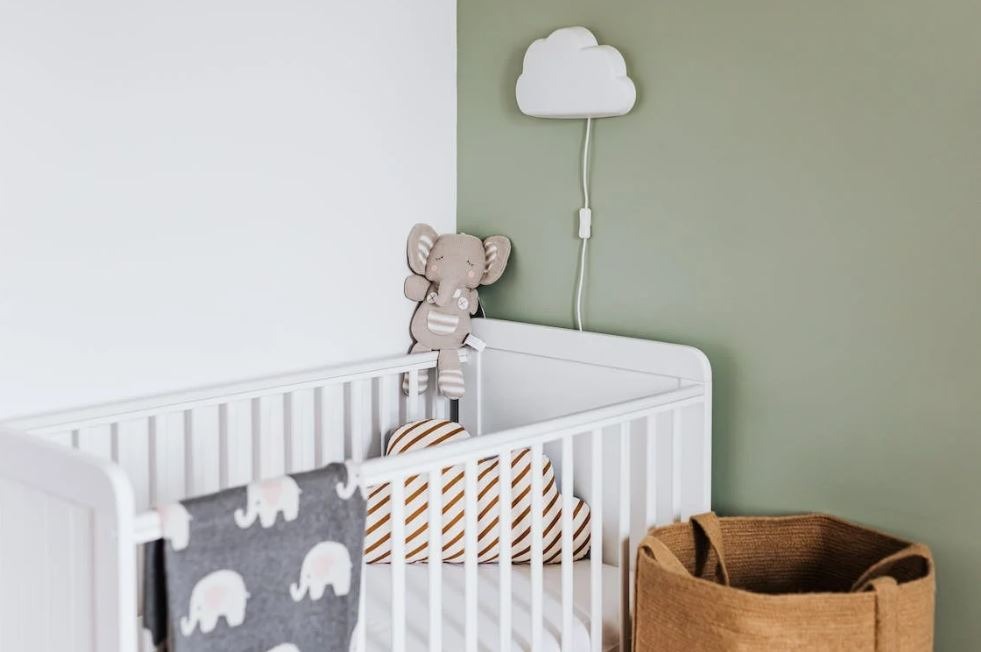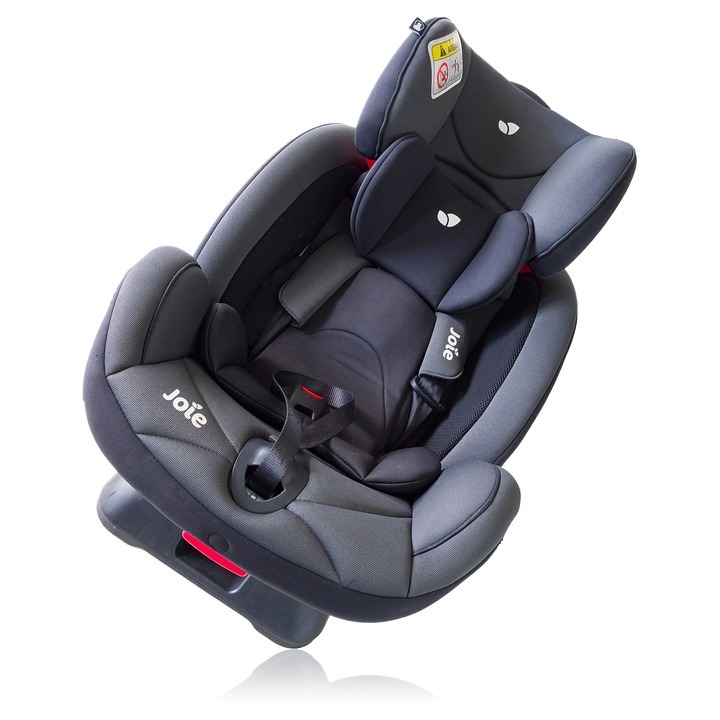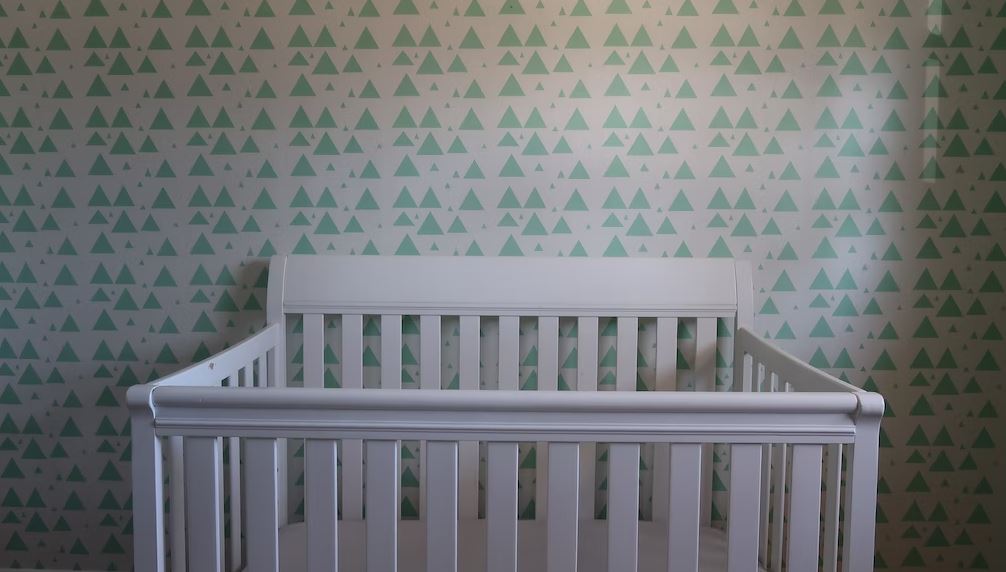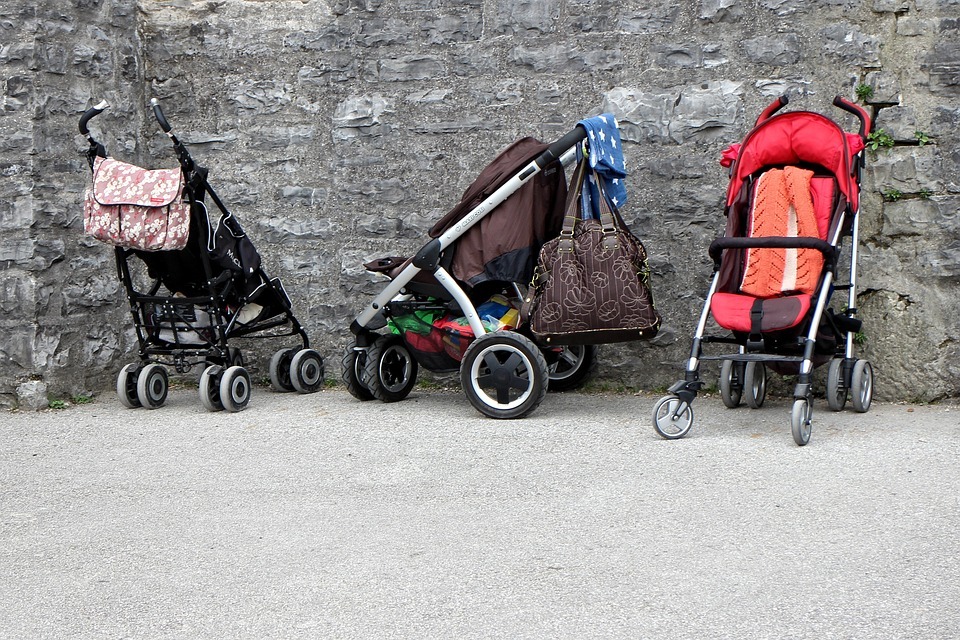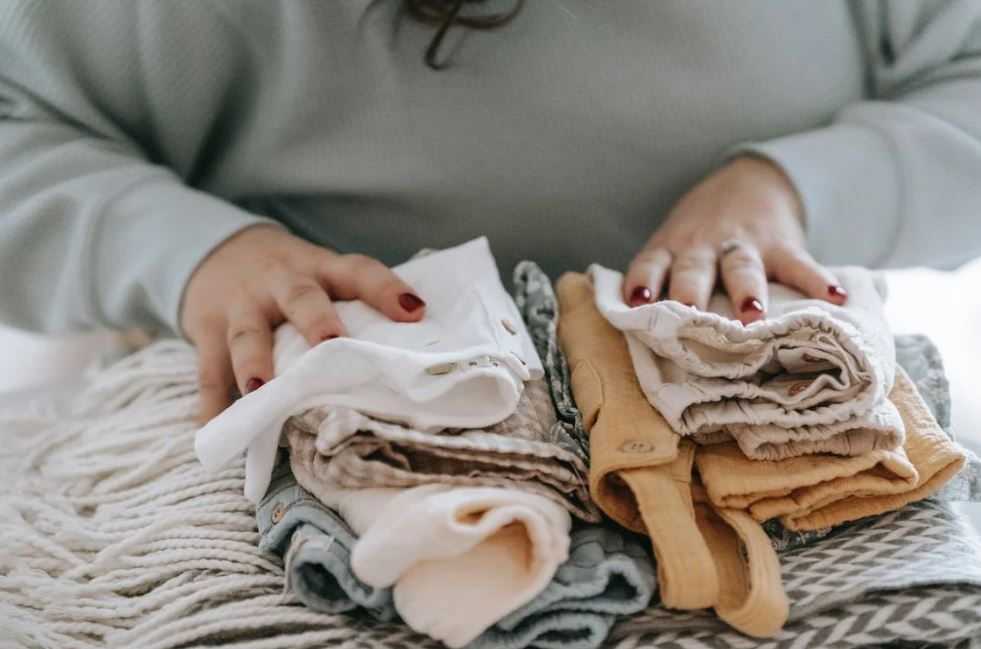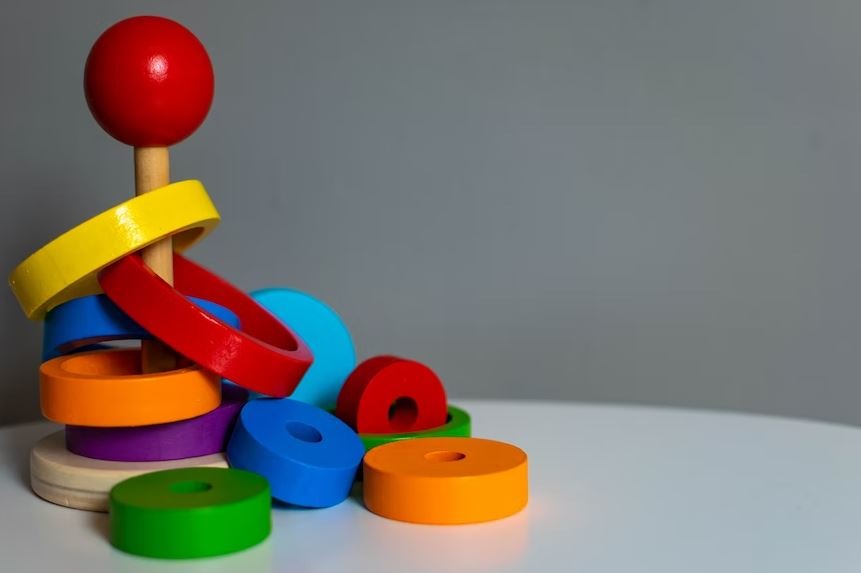From deciding on the name, selecting an OB-GYN to choosing where to give birth, having a baby entails proper planning to make everything as seamless as possible. Part of this is also ensuring you have the essential baby equipment your bundle of joy needs.
The catch is that it can be an expensive exercise, often leaving parents overwhelmed by the total cost they need to cover before their little ones arrive.
It’s little wonder why many parents opt to purchase used baby equipment that allows them to save up a huge chunk from the original cost. Sure, you can snag amazing deals on nearly all items, but it doesn’t mean that you should be doing the same if you’re looking for ways not to bankrupt yourself.
Take note that there are many things you need to take into account if you’re considering buying used equipment. Is it really safe to buy used equipment? Is it hygienic? Can you really save money, or will you only spend more in the long run?
To help out, read ahead as we’ll equip you with a little secondhand know-how that will allow you to be a savvy and safe thrifter without harming your baby.
Why Should You Consider Buying Used Baby Equipment?
The first and most obvious reason why you should purchase secondhand baby equipment is to save on the cost. If you’re persistent, you can find many items at bargain prices.
What’s great is that there’s no need to leave your home as there are various sites and social media platforms available out there where you can find lots of people selling their used baby items. That means that you can do all the exciting shopping in the comfort of your own sofa.
Remember also that babies outgrow their items and equipment pretty quickly, so they are only usually used a handful of times. You get to purchase them fairly new without having to pay for them at full price.
Should your baby not be particularly keen on something or should he advance too rapidly in a new toy, there’s not much regret as you’ve never spent a huge amount on it.
On the other hand, you also can then use all your savings to buy more clothes, more books, or more food, indulge in a family holiday, or do anything else you fancy.
Lastly, aside from doing good for your wallet, opting to buy used baby equipment reduces your carbon footprint, so it’s great for the environment. Keeping functional gear from ending in landfills and reusing them instead makes Earth do a little happy dance each time!
Baby Equipment You Should Never Buy Used
You may now be more interested in purchasing used baby equipment, but be mindful that not all items are safe to use twice. Saving bucks should never come at the expense of your baby’s safety. With that, here is the list of items you should never buy used:
1. Car Seats
Among the top things that new mamas research are car seats. It’s no surprise as car seats are quite expensive. Not to mention that you want to purchase more than one seat, perhaps one for each of the parents’ cars, a spare for the babysitter, and another one for the visiting grandparents, making it easily understandable why you may wish to get massive savings with used car seats.
Despite such, experts recommend investing in a brand-new car seat instead of choosing a used one for your little cruiser. Though it’s pricey, it’s money well spent. Buying a new car seat is your only way to ensure that the equipment has not been broken, damaged, recalled, or in a car crash. You’ll never know what may have happened in the entire seat’s history that can hinder it from fully protecting your child.
Moreover, you may not be aware, but car seats actually have an expiration date, typically 6 to 8 years from the date of manufacture. That’s because materials (even from the most expensive models) degrade over time. Plus, strict safety standards constantly evolve and technology yearly updates, causing other models to be outdated quickly.
If you’re still considering buying a used car seat, get it from a seller you trust. Ask how old it is and if it has been involved in any collision or accident, which renders it unsafe for future use. Check the owner’s manual or the seat’s label for the expiration period and if the parts are complete and installed correctly.
If you can’t find the owner’s manual, the seat is past the expiration date, or the parts don’t meet the criteria, you’re better off finding something else. After all, the physical inspection doesn’t help that much as a car seat may not look visibly damaged or still appear relatively new but could already be bearing structural weaknesses.
The bottom line? Car seats are one of the baby equipment you should rarely buy used.
2. Breast Pumps
This might bring a ‘yuck’ factor, but secondhand breast pumps are virtually everywhere. The Food and Drug Administration (FDA) regard consumer-grade breast pumps as single-use devices, which means they must not be used by more than one person. Reusing breast bumps could result in cross-contamination and put you and your baby at risk of harmful bacteria, viruses, and other infectious agents. With that, it’s a type of equipment that you should always buy new to protect the health of you and your baby.
Alternatively, you may also avail of a free breast pump through your insurance or rent out hospital-grade breast pumps, which are specially designed to prevent any possibility of contamination or infection. But for personal breast pumps, they’re not manufactured that way. So, no matter how clean it appears or how much disinfection the previous owner said she did, you should pass them up.
3. Cribs
Like with car seats, safety standards for cribs are continuously updated, making it easy to purchase a crib that predates the most recent safety regulations. If you see any drop-side crib, a common type of crib at yard sales, skip it, as it can be dangerous (or even deadly) for babies.
Used cribs can also pose safety risks to your tiny not as they are prone to weakened hardware and structural integrity. That’s why it’s always safer to buy new ones, especially since a safe sleeping space is essential for your baby.
When shopping for a crib, see to it that it’s sturdily constructed and there are no missing parts. Check the slats and ensure that they’re not widely spaced. If they are, look for a different crib as they may allow your infant’s head or body to slip through.
If you can’t afford to buy a new crib, you may go for a new, cheaper portable crib. They’re just as safe as their full-sized counterparts and are able to provide your baby with a good night’s sleep.
When selecting a crib for your baby, another crucial aspect is choosing a comfortable mattress and fitting it snugly within the frame. Additionally, don’t forget to invest in quality bedding, such as a soft linen crib sheet at Wildbird shop, or other reputable shops, to create a cozy and safe sleeping environment for your little one. It’s essential to prioritize both safety and comfort when preparing your baby’s sleep space.
4. Crib Mattresses
For both safety and sanitary reasons, it’s also best to skip used crib mattresses, too! They are subjected to bodily fluids, and it’s guaranteed that another baby has pooped, peed, or drooled up in them. Thus, making them contaminated with bacteria and mold. As mattresses can’t be thrown out in the washing machine, chances are the previous owner only wiped them down or cleaned them using detergent and water.
Meanwhile, your baby must sleep on a firm mattress to prevent sudden infant death syndrome (SIDS). Mattresses tend to get softer and lumpy after repeated use. They can develop indentations and dips over time that could pose a suffocation hazard and be dangerous for your little one. Quit shilly-shallying, and buy a new mattress.
5. Strollers
Various developments have dawned strollers through the years, making them safer and more turnkey to use. New standards are constantly released for stroller manufacturers to reflect these positive changes.
Considering that, purchasing a new stroller without the wear and tear from another family’s use is your best bet. You’ll likely get your money’s worth as you can use the safety-compliant product for several years to come.
If budget is an issue, find an adaptable that can grow with your child. Though they are more expensive, you can use them through the different growing stages of your baby, from newborn to infant to toddler, making them more budget-friendly in the long run.
6. Playpens
Playpens also get tons of abuse and suffer from normal wear and tear. Safety regulations also update to rectify issues with previous models, such as the top-rail hinge that’s prone to collapsing and putting a greater risk of babies getting strangled or trapped). So, rather than taking chances on an old playpen and putting your baby in peril, purchase a new one and you’re better assured that it adheres to the latest safety standards.
7. Pacifiers, teething toys, and bottles
Experts recommend that infants should be exclusively breastfed for the first six months. However, bottle feeding may be necessary or practical for other moms. Meanwhile, most mothers also depend on pacifiers and teething toys to calm their finicky babies. Though these are a dime a dozen online, purchasing them new is best for several reasons.
Bottle nipples, pacifiers, and teething toys degrade over time, and frequent washings and sterilizing even cause these plastics to deteriorate further, posing great health and safety risks. Buying these items new makes sure that you’re getting clean, germ-free, and BPA-free items for your baby.
Baby Equipment You Can Buy Used
While there are products that you shouldn’t buy used, there are items that you’re free to buy secondhand to help cut costs when stocking the nursery, which include:
1. Changing Tables
Changing tables can make your life easier and more convenient as a parent. They’re super handy as you simply change your baby on the top while keeping all the essentials in the drawers or shelves below. However, they are only useful for a short period of time, particularly during the infant stage. When your child reaches about a year old, it would be a hassle wrangling him onto a changing table.
As such, it’s ideal to buy a used changing table to save money. Just make sure that the one you’ll purchase has a safety strap but without any missing parts or chipped paint. Otherwise, you can simply get a changing pad that could turn any corner into a makeshift changing station. That works especially if you’re short on space!
2. Highchairs
Highchairs are generally designed to last, making it safe to buy them secondhand. You just have to inspect them closely in person to see any potential safety hazards. For instance, a highchair must have a five-point harness to prevent your baby from climbing out and a fixed crotch post that will keep him from sliding out. Skip those high airs with arms that lift removable arms or trays that lift the tray over your baby’s head.
It’s also smart to check the manual for any size and weight limitations. And take the cleanliness factor into account, too! Highchairs can get pretty nasty, given all the baby food being spilled and dropped. Cleaning them can be tough, so if you find a clean one, that’s a huge bonus for a secondhand purchase.
3. Baby Baths
Baby baths are another item that babies outgrow quickly, so they normally end up for resale. There’s no problem in buying second-hand baby baths, as long as you ensure that there’s no mold or mildew. Don’t grab one with sharp edges and visible crack, and refrain from buying bath rings, bath seats, and inflatables that go along and fit in the tub as they can be dangerous for your baby. Clean and sanitize it thoroughly on your own as well. And, never leave your baby unattended near water, even if it’s just a few inches in the sink.
4. Carrier, wraps, and slings
Studies show that babywearing or carrying your child close to your torso with the help of a carrier, wrap, or sling can provide positive benefits, such as promoting bonding and attachment and boosting language development. In addition, it also frees your hand and allows you to perform other important chores at home.
What’s good is that you can purchase baby carriers, wraps, and slings secondhand if you inspect them carefully beforehand. Check if the fabric is intact and not worn down in any area. See to it that the buckles and closures are fully functional and are still in good condition to make sure that your little one stays safe and secure.
5. Baby Clothes
Babies outgrow their clothes faster than how you blink. From onesies, coats, socks, swaddles, pants, sleepers, and shorts to pajamas, babies are lucky if they get to wear them a few times before they get too big. Other moms are often surprised that they still have clothes that their babies weren’t able to wear but are already too small for them.
With that, you can feel confident buying secondhand baby clothes or reusing your friend’s or sibling’s hand-me-downs. Just inspect them for holes, tears, loose seams, buttons, or ties, broken zippers, and stains. Of course, thoroughly wash them before putting them on your baby (like you would with brand-new clothes!)
6. Cloth Diapers
Though this might be “yucky” to think about, cloth diapers work like clothing and are actually designed to be passed from one bum to another. They’re more affordable than having to shell out large money for disposable diapers, baby wipes, and diaper rash cream. Plus, they’re also more eco-friendly, making them perfect if you’re budget and environment-conscious. As long as you thoroughly clean and sanitize them to get rid of any buildup and kill all germs, cloth diapers are safe to buy used.
7. Toys
With oh-so-many toys available in the world, one of the hardest things to predict is the specific toy that your baby will enjoy. Your child may play with a toy after you introduce it, but may already end up lying on the floor just a few minutes later. For that reason, it’s practical to buy secondhand toys which are often barely played with before being discarded.
Just be keen on chipping paint and loose parts that can be choking hazards. Be sure to check for recalls, as well. Thankfully, most toys can be disinfected and washed in hot soapy water, making them prime candidates for resale. Simple toys like rattles, blocks, squeeze toys, soft dolls, and texture balls with few or no moving parts are your safest bets.
Where to Buy Used Baby Equipment?
Some of the best sources of secondhand bargains include:
Family and friends: Reach out to them via chat, text, or call, and you may be surprised how many of them are finding ways to get rid of baby equipment that is just sitting and collecting dust in their homes. You’re also most likely to get them for free and get other amazing freebies along the way!
Facebook Marketplace: Available on the website or via the app, Facebook Marketplace has evolved to be one of the best ways to find all sorts of products being sold near you. It’s also one of the popular venues for previous owners to sell their used baby items. If you’ve secured a deal, just make sure to set the meeting in a public place with surveillance, like a mall parking lot or a grocery store.
Jumble sales, charity shops, secondhand shops, and car boot fairs: These are other wonderful sources of bargain baby items, which are usually incredibly cheap! You’ll find gems here!
Other online marketplaces: Sites like Craigslist, OfferUp, ThredUp, and eBay are other popular platforms and are valuable sources of gently used baby gear.
Quick Safety Tips When Using Used Baby Equipment
It’s wise to clean the hard items thoroughly using warm water and soap to remove all the dirt, dust, germs, and bacteria. Alternatively, you may wipe them down with a disinfectant cloth or use a cleaning spray and paper towel. Then, leave them to air dry.
If you have bought a lot of items, like a pile of toys, it’s more practical to use a tub filled with water and little bleach, then let everything sit for about 10-15 minutes. Drain the rub, rinse the items with water, and also allow them to air dry.
You can put fabric items, like bedding, carriers, wraps, cloth diapers, stuffed toys, and clothes, in the washing machine as soon as you bring them home. Check the wash instruction first for the items before washing them to avoid any damage. In general, these things are safe to wash on a normal cycle using regular detergent and cold water.
For items with mixed materials, take all the fabric covering and wash them in the washing machine. Clean the remaining parts outside using soap and water or by wiping them down with disinfectant. You can reassemble everything after they dry.
Takeaway
Having a baby and providing for all your little ones’ needs can be very expensive. Luckily, you can save money by buying used equipment and stop worrying about not being able to meet all your baby’s necessities. Take note that secondhand doesn’t necessarily mean second best, as you can find a lot of used products that are still functional and as good as new. Opting for used baby equipment instead implies that you’re a wise parent when it comes to attending to your baby’s needs. Happy shopping!

